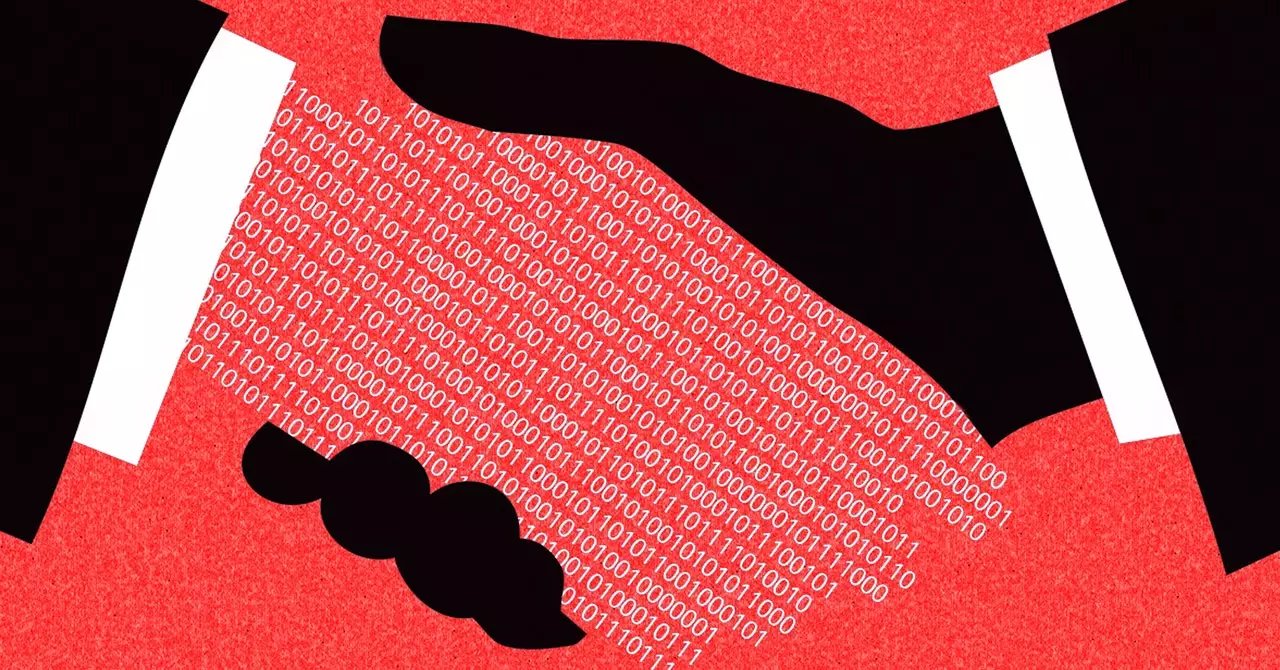In an era where artificial intelligence is fundamentally altering industries, the burgeoning relationship between AI companies and content creators has come under intense scrutiny. Amidst ongoing debates surrounding copyright and intellectual property, Calliope Networks has stepped forward with an innovative approach aimed at harmonizing the interests of AI entities and YouTube creators. Their newly launched “License to Scrape” program seeks not only to legitimize content usage but to carve out a business model that could redefine the landscape of digital content licensing.
For years, AI companies have been leveraging vast troves of data available on platforms like YouTube without securing the necessary permissions from content creators. This “permissionless scraping” has raised significant ethical and legal questions, challenging the integrity of creators’ rights. YouTube, unlike some of its social media counterparts, has not engaged in proactive partnerships with AI companies, leaving a gap that innovators like Calliope Networks aim to fill. Dave Davis, the founding CEO of Calliope, acknowledges the escalating demand from AI firms for YouTube’s rich content, stating, “We see that by their actions; this is a substantial opportunity for creators.”
The fundamental dilemma revolves around how creators can profit from their content without compromising their rights. Calliope’s approach positions itself at the intersection of creativity and technology, allowing creators to monetize their work while maintaining control over its usage.
Calliope Networks is not merely attempting to create a licensing framework; it aims to forge a community among content creators. The “License to Scrape” operates on a model that aggregates various creators, enabling them to negotiate a blanket license that AI companies can tap into en masse. This collective strategy is not a new concept; the media realm has effectively utilized similar approaches, particularly in music licensing through organizations like Broadcast Music Inc. (BMI). By pooling resources, even smaller creators can reap the benefits of AI training datasets, which traditionally favors larger entities with extensive libraries.
Dave Davis envisions a structured recruitment process where YouTube creators who wish to license their data enter into contracts with Calliope. The goal is to aggregate enough content—an estimated 25,000 to 50,000 hours—to attract significant interest from AI developers. This critical mass underlines the necessity for unified efforts, highlighting the idea that in this burgeoning market, collaboration might be the key to success for individual creators.
Current developments show promise, although the recruitment process is still in its infancy. There’s a palpable eagerness among various influencer marketing agencies to come on board. For example, Viral Nation’s head of content licensing, Bianca Serafini, expressed optimism about onboarding creators from a roster that includes approximately 900 YouTubers. Their early engagement indicates a growing recognition among content creators of the potential financial benefits available in this new licensing paradigm.
Nonetheless, the initiative is not without its challenges. Achieving the necessary critical mass will require effective outreach and education about the advantages of participating in such a program. Many creators may initially be apprehensive, uncertain about relinquishing any control over their content or wary of potential pitfalls in the licensing agreement.
Calliope Networks’ “License to Scrape” could potentially mark a significant shift in how content creators engage with emerging technologies like artificial intelligence. By establishing a structured platform for licensing, it not only opens channels for revenue generation but also advocates for intellectual property rights in the digital age. As AI continues to evolve and integrate further into various sectors, the framework developed by Calliope has the potential to become a blueprint for content licensing, balancing the interests of both creators and AI companies. The success of this model hinges on effective collaboration and the willingness of creators to unite for a common cause—leveraging their content for mutual benefit in an increasingly digital world.


Leave a Reply
You must be logged in to post a comment.